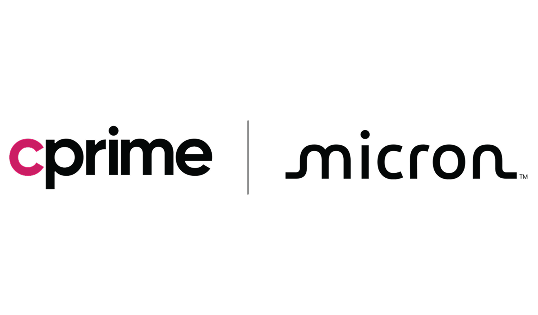Revolutionizing PayPal: The Largest Atlassian Cloud Migration in History
PayPal, a global leader in online payments, faced significant challenges with their existing infrastructure, which…
See how leading enterprises are accelerating growth, reducing friction, and scaling performance with our solutions.


Explore a product agility case study where a financial firm cut lead time 60% and accelerated delivery through Lean Portfolio Management and Agile practices.

The challenge: fragmentation slowing decisions and obscuring value The airline managed mature processes across architecture,…

Discover how Cprime led Micron’s Atlassian Cloud migration, moving 60K users securely to the cloud to enable scalability and AI-driven innovation.

The Mission The customer is a fast-growing healthcare network comprised of clinics, outpatient centers, and…

A home health leader used ServiceNow to boost IT NPS by 62 points, cut nurse turnover nearly in half, and free up caregivers to focus on patients—not platforms.

We delivered a stakeholder-driven AI adoption roadmap that sparked cross-functional engagement and drove 1100% growth in platform usage while establishing an enterprise-wide foundation for future AI initiatives.

Clark County partnered with INRY to deploy ServiceNow Workplace Service Delivery (WSD), streamlining allocation, enhancing visibility, and establishing a digital foundation for scalable workplace operations.

About the Customer Private Health Management (PHM) is a personalized healthcare provider focused on delivering…

The Mission SCL Health, a $2.8B non-profit healthcare organization with 8 hospitals and over 150…